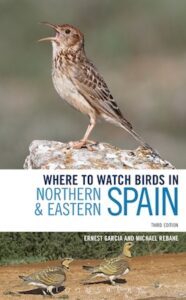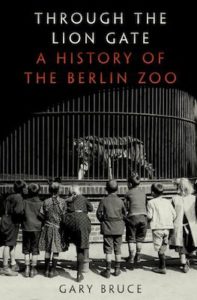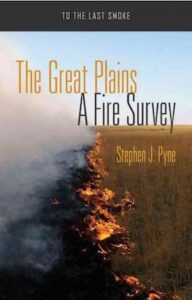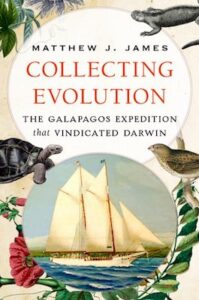Planning a trip to, or presently living in, Spain? (Goodness knows I certainly wish I was!) If so – as you’re reading this publication – chances are you’ll likely be wanting to include at least a little “naturalizing” in your activities.

Planning a trip to, or presently living in, Spain? (Goodness knows I certainly wish I was!) If so – as you’re reading this publication – chances are you’ll likely be wanting to include at least a little “naturalizing” in your activities.

Zoos are amazing places. At their best, the modern forms mix research and spectacle into a melange that has the power to both entertain as well as enlighten. At their worst… well, let us not dwell on that at present. And as to their history; in their previous existence as menageries and indeed, right up into living memory, some have not only been institutions of scientific study, but but also centers of far more social and political influence than we would likely think possible today.

A social media message from the Oregon Department of Forestry about the coïncidence of the expected eclipse-viewing tourist deluge with the peak of the state’s wildfire season got me thinking about just how wildfires effect both ecosystems as well as economies. However a wildfire in central Oregon is not the same type of event as, say, a wildfire in Nebraska, or in southern California, for that matter.

Most readers of this publication are likely to be at least somewhat familiar with the famous 1831-1836 journey of Charles Darwin aboard the H.M. S. Beagle (and for those who aren’t, I highly recommend his own account of it, published as The Voyage of the Beagle). However much less attention seems to be given to what happened at the locations of his researches afterward.